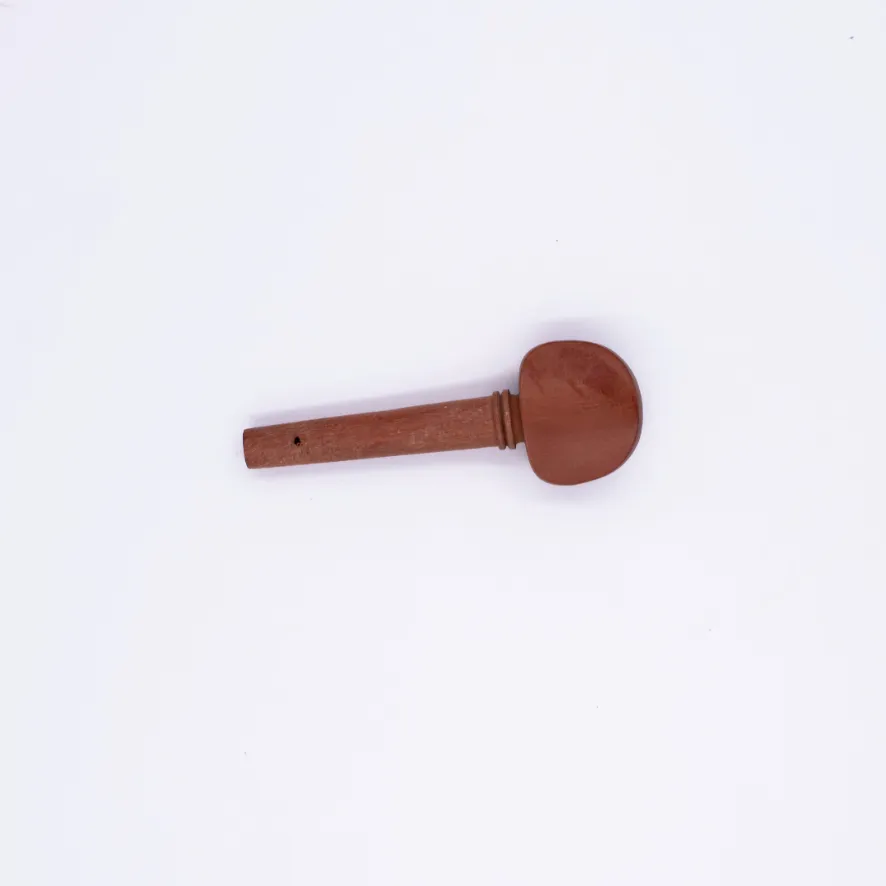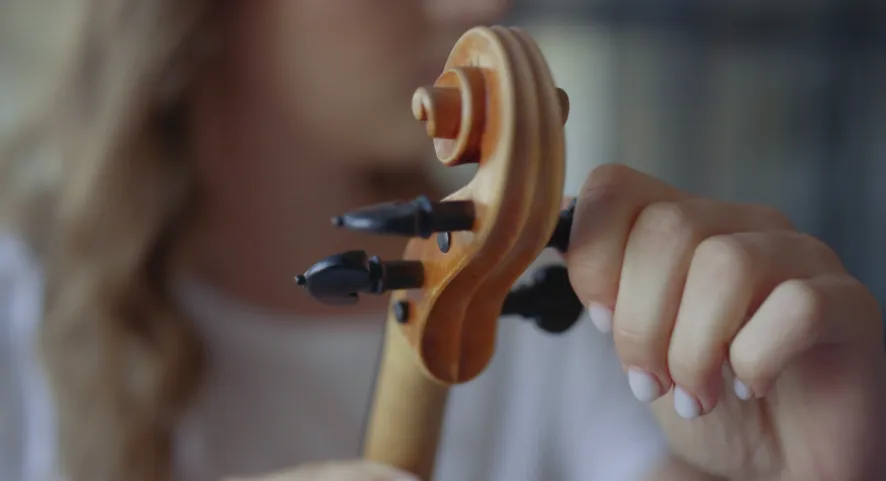For string instrument players, learning how to properly tune your instrument is a critical skill. Two key components of tuning are the pegs and fine tuners. In this beginner’s guide, we will explore the function of these parts, share step-by-step techniques for using them effectively, troubleshoot common issues, and provide maintenance tips to keep your instrument sounding its best.
Tuning Pegs: The Basics
Pegs are the primary tuning mechanism on string instruments like violins, violas, cellos, and upright basses. Here is what you need to know:
How Pegs Work
Tuning pegs are tapered wooden or synthetic cylinders that fit into holes in the pegbox. The string wraps around the peg, and turning the peg tightens or loosens the string, adjusting the pitch. Friction between the peg and pegbox holds the string at the desired tension.
Step-by-Step Peg Tuning Technique
Follow these steps to tune with pegs:
1. Hold the instrument securely and turn the peg slowly and steadily.
2. Apply gentle inward pressure to maintain friction between the peg and pegbox.
3. Turn the peg towards you to tighten the string and raise the pitch; turn it away to loosen the string and lower the pitch.
4. Pluck the string with your other hand as you tune, carefully listening to the pitch.
Fixing Common Peg Problems
Slipping and sticking are two frequent peg issues. For slipping pegs that will not hold tension, apply peg compound or chalk to increase friction. If a peg sticks and is hard to turn, remove it and apply a small amount of peg lubricant or graphite.
*Expert Tip: When changing strings, tune the new string to just below pitch, then let it stretch for 15-30 minutes before tuning up to pitch. This will improve tuning stability. *

Peg Maintenance
Regular cleaning with a soft cloth removes rosin dust and debris, keeping pegs functioning smoothly. If pegs become worn or damaged, have a professional luthier replace them.
Fine Tuning for Precision
Fine tuners are small metal screws on the tailpiece that allow for precise pitch adjustments. They’re especially handy for quick tuning touch-ups during play.
When to Use Fine Tuners
Use fine tuners for minor pitch adjustments, like:
– Tuning between pieces during a performance
– Correcting small pitch variations caused by temperature or humidity changes
– Tuning newly installed strings that have not fully stretched yet
Making Fine Tuner Adjustments
To use fine tuners, turn the screw clockwise to tighten the string and raise pitch, or counterclockwise to loosen the string and lower pitch. Make small adjustments and pluck the string often to check the pitch.
Expert Tip: If the pitch needs to be raised significantly, tune the string with the peg first, then use the fine tuner for the final small adjustments.
Replacing Worn Fine Tuners
Fine tuners can become stripped, rusted, or break over time. To replace one:
1. Loosen the string and remove it from the fine tuner.
2. Unscrew the old fine tuner from the tailpiece.
3. Insert the new fine tuner and secure it.
4. Reattach the string and tune as usual.
Keep Learning and Practicing

Developing your tuning skills takes time and regular practice. For a deeper dive into string instrument care and maintenance, explore the comprehensive online courses at Practicing Musician. Their expert-led video lessons will help you master tuning and make the most of your practice time.
By understanding the role of pegs and fine tuners, using proper techniques, and maintaining your instrument, you will keep your string instrument sounding great. Stay tuned for more helpful guides to improve your playing! Check out String Replacement on Upright Bass, Cello, Viola and Violin








Leave A Comment
You must be logged in to post a comment.